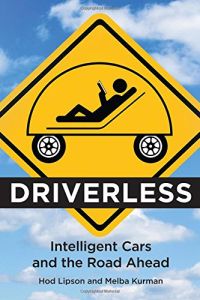
Recommendation
According to roboticist Hod Lipson and tech writer Melba Kurman, people underestimate the progress of autonomous vehicle development. They often don’t see the accelerating improvements in computer processing speeds, data storage, sensor technologies and artificially intelligent algorithms that make vehicle autonomy possible. Many people mistakenly assume that “driver-assist” tech will morph into “driverless” – a fallacy that hinders carmakers and transportation authorities. Self-driving technology will save lives and help the environment, according to Lipson and Kurman’s report. The widespread “ripples” of the driverless revolution will alter human society and culture, bringing far more easy mobility, but posing new legal, ethical and economic challenges. Lipson and Kurman’s report offers insight anchored by academic rigor. getAbstract recommends their overview especially to investors, entrepreneurs, students, and tech developers and innovators, particularly in automotive industries.
Summary
About the Authors
Columbia University roboticist Hod Lipson researches machine creativity, replication and potential self-awareness. Writer Melba Kurman explores the impact and commercialization of disruptive technologies, including driverless cars and 3D printing.








Comment on this summary